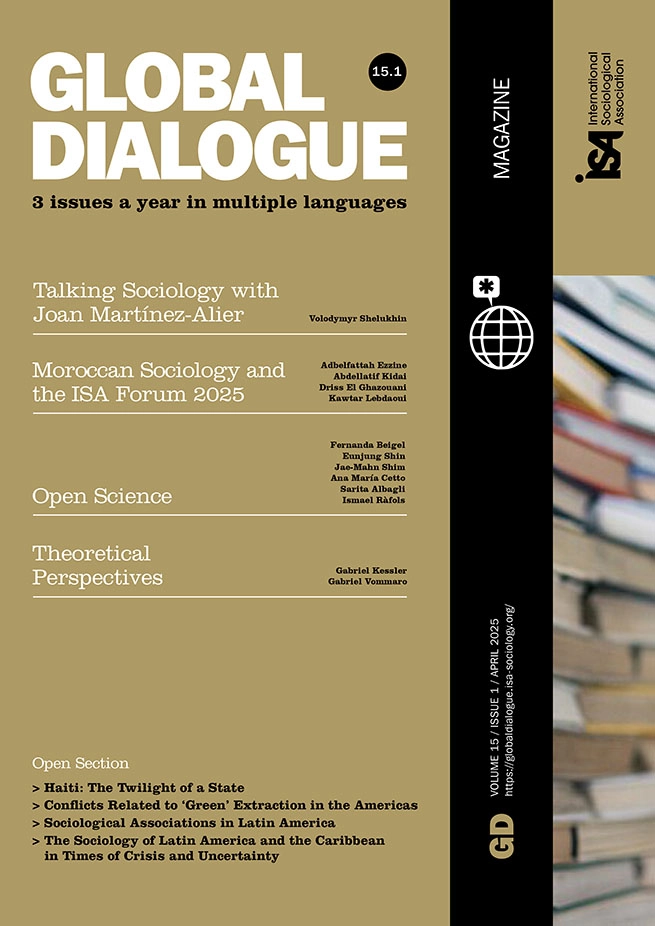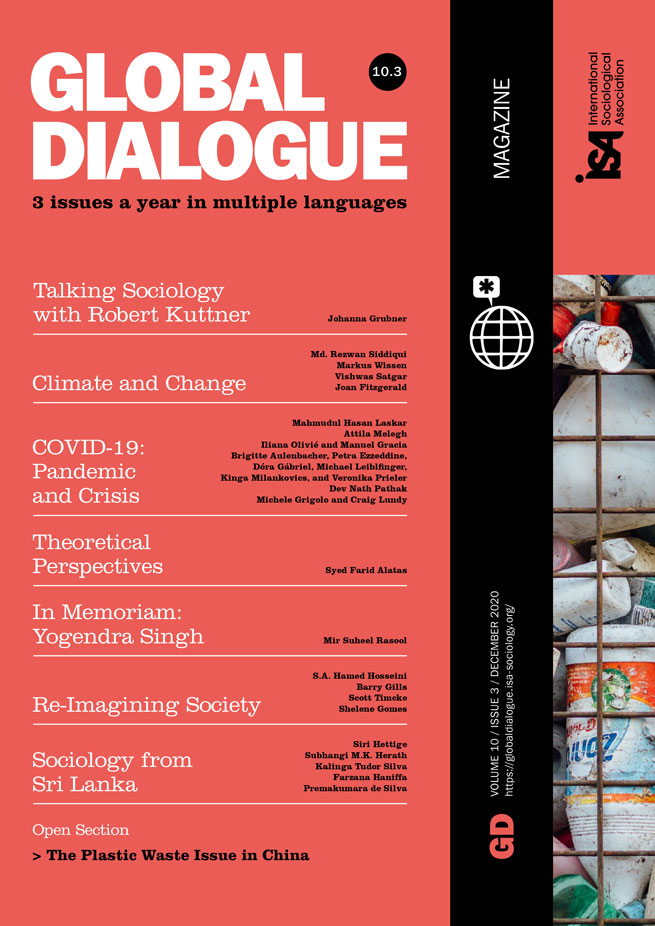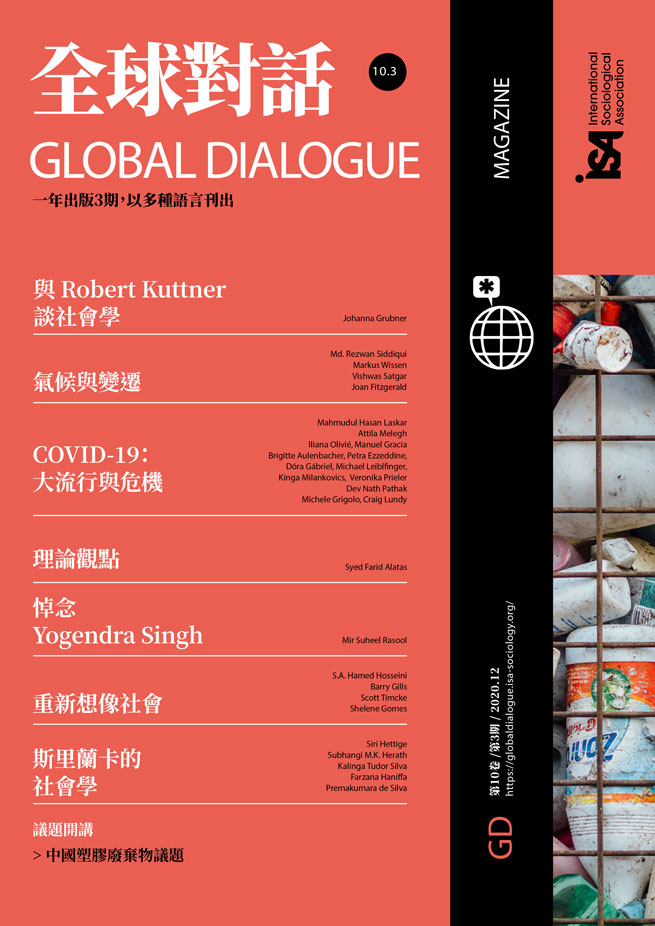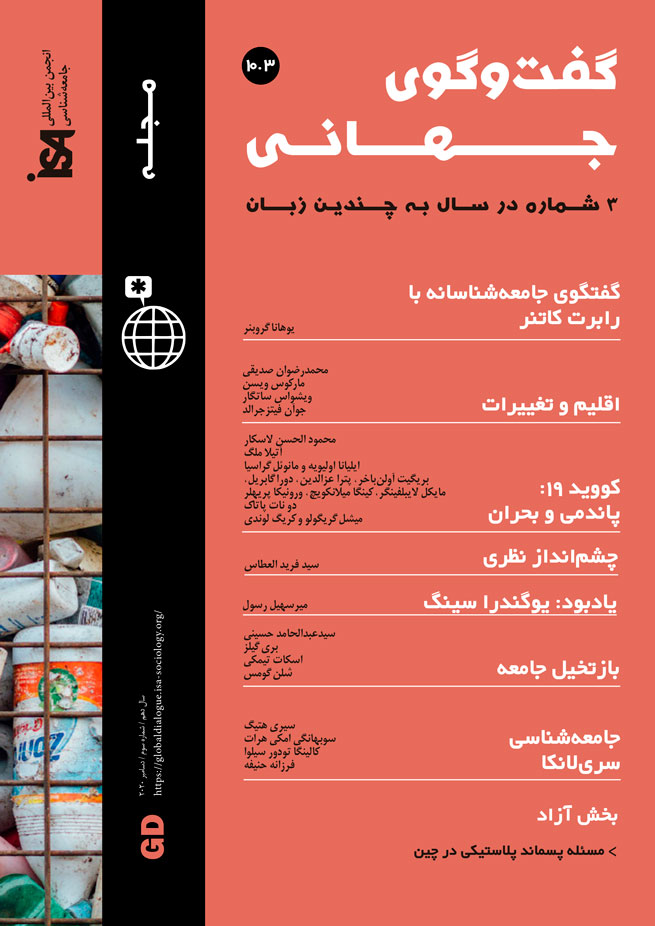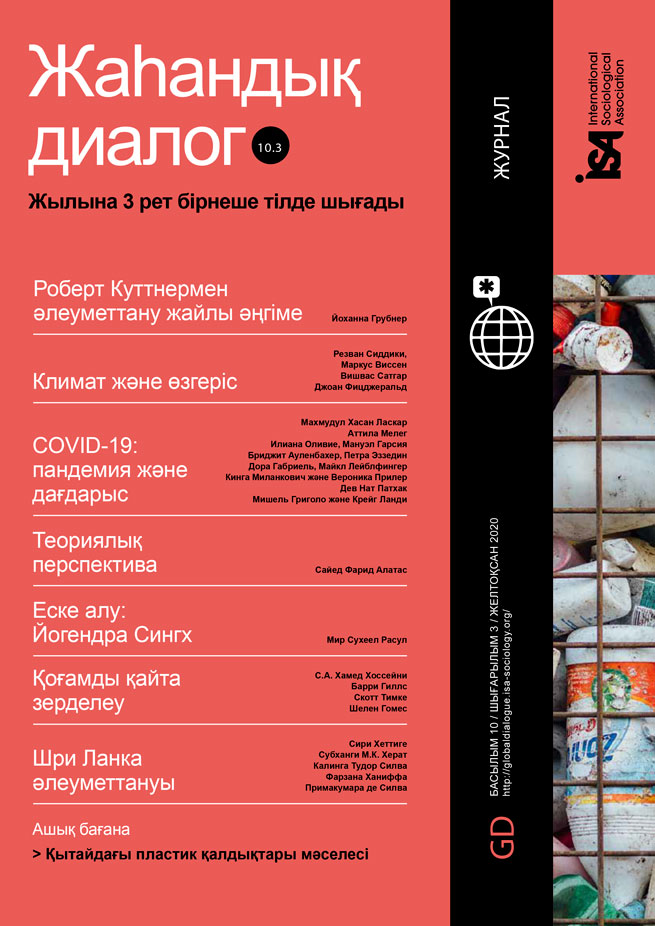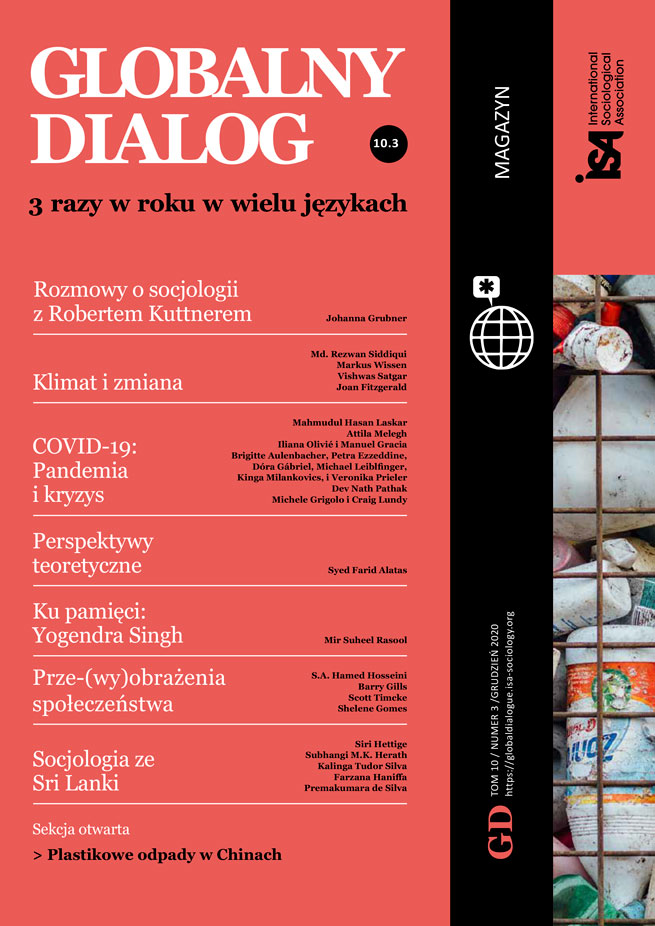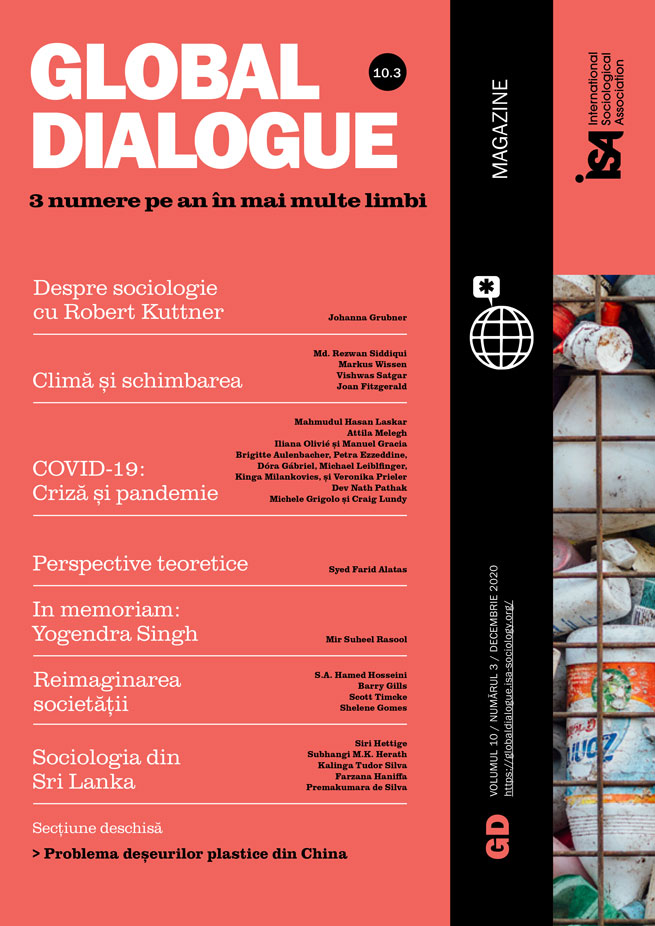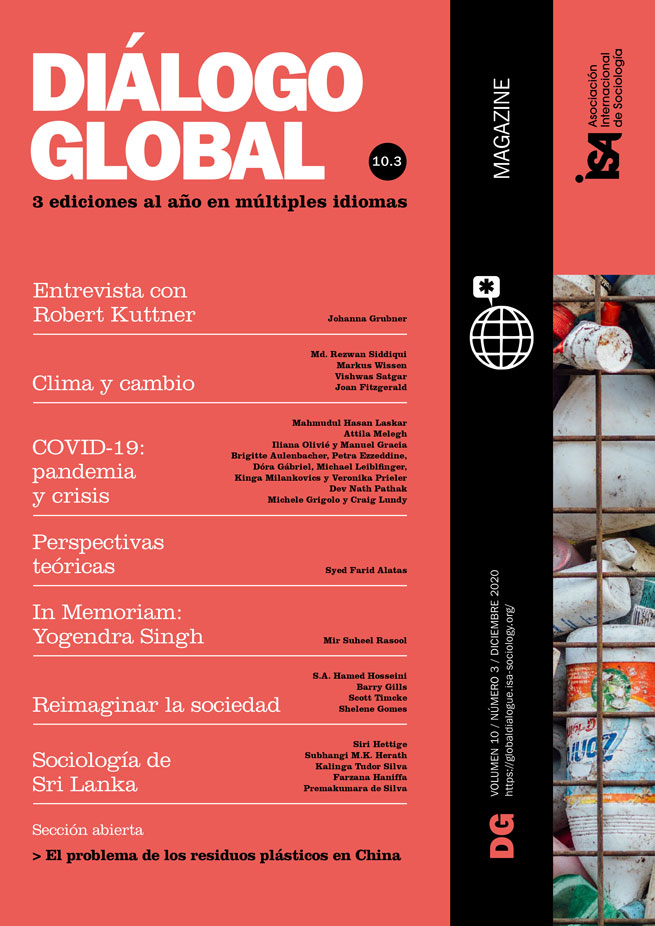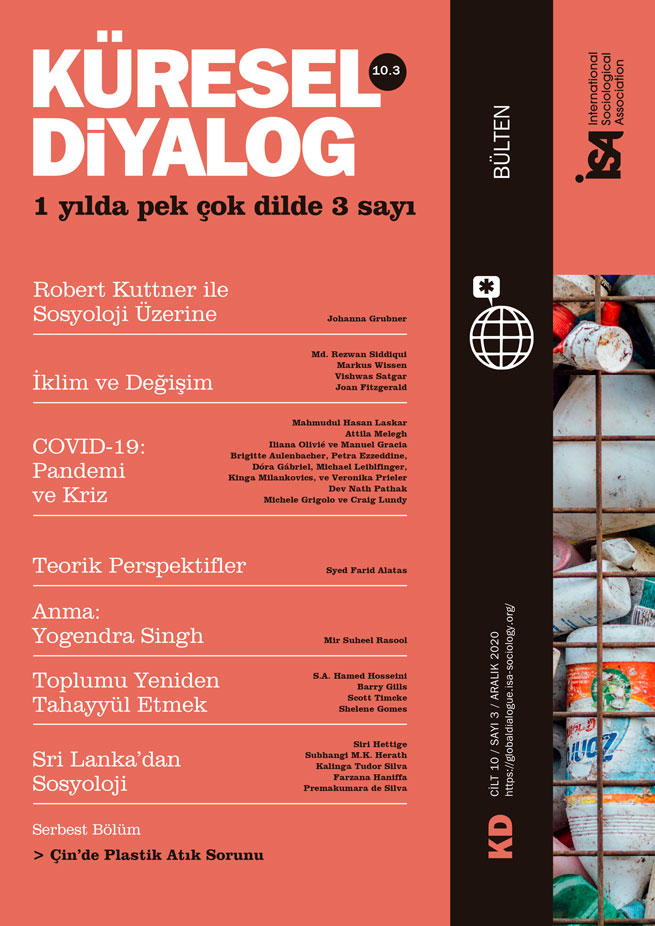Climate Migration in South Asia

October 29, 2020
South Asia (comprised of Afghanistan, Bangladesh, Bhutan, Pakistan, Nepal, Maldives, India, and Sri Lanka), with an estimated population of 1.836 billion (almost a quarter of the global population) is one of the world’s most densely populated regions. With rapidly booming economies, steadily improving human development indices, and rapid urbanization, South Asia has become the latest frontier of the battle in global development.
Migration has always been a part of people’s lives in South Asia. Undoubtedly, uneven economic growth is the primary driver of mobility in South Asia. However, the influence of environmental factors is always prominent as well. Evidence of people’s tendency to relocate (temporarily/ seasonally/ permanently) to reduce the risk from recurring natural disasters and agrarian crises was common already in prehistoric narratives. The dominant type of mobility behavior in South Asia is internal migration (mainly rural to urban). International mobility is not uncommon as well, especially in the last couple of decades, with a substantial growth in the annual outflow of migrants (mostly economic/labor migration) from this region. Transnational mobility of people between the South Asian countries is also prominent due to their long-shared history, the similarity in socio-cultural and economic lifestyle, and porous borders.
The actual climate change vulnerability of South Asia has resulted not as much from biophysical vulnerability (changes in climatic parameters and the resulting extreme weather events) as from the socio-economic vulnerability (poor socio-economic conditions, high poverty rates, a high dependency on agriculture, insufficient infrastructure, weak governance, etc.) of its societies. According to the Global Report on Internal Displacement 2020, about 9.5 million people were displaced in 2019 in South Asia due to natural disasters (floods, monsoon rains, and cyclones). There is already enough evidence that the intensity, frequency, and impact of all these hazards are intensified by the changing climate. According to the World Bank, there could be an additional 18-40 million climate migrants by 2050, depending on the efforts to address the problem.
There are some unique characteristics of climate change migration in South Asia. First, climate change is not the prime reason for migration in South Asia, but interacts with other socio-economic vulnerabilities to exacerbate migration risk substantially. There is growing evidence that climate change is already undermining economic prosperity through disturbing social and livelihood security. In addition to that, climate change is already directly affecting ecosystem services, food security, human health, as well as impacting agricultural capacity and subsistence livelihoods across South Asia.
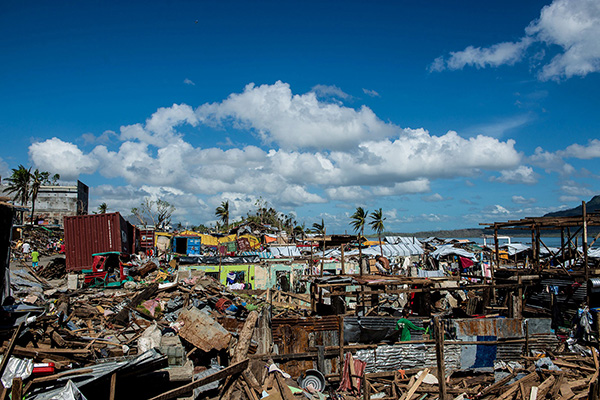
In Asia, typhoons occur with greater frequency, destroying people’s livelihoods. Credit: Asian Development Bank/flickr.com. Some rights reserved.
Second, we need to understand that most of the internal migration in South Asia is due to economic reasons, while most of the transnational and international migrations have resulted from the mixed effect of political and economic factors. Climate change is aggravating these factors in direct and indirect ways.
Third, in most cases, it is not easy to distinguish the climate migrants from the others. Efforts have been made, but to no avail! A diverse range of mobility behavior exists across South Asia, adopted by individuals or communities to minimize the impact of climate change (and other threats) on their life and livelihood. It is impossible to put them all into one framework. Therefore, it might be more useful to construct a climate migration framework in conjunction with economic and political migration and examine the role of the direct and indirect impact of climate change on (any) mobility behavior.
Fourth, data about the interaction between climate change and migration drivers are severely limited in South Asia, which inevitably results in poor policymaking and migration management. Moreover, the interaction between climate change and other factors (political, economic, or social) of migration is yet to be fully understood, especially on the micro-scale.
Fifth, in South Asia, climate change is causing predominantly internal migration. This migration often starts as temporary or seasonal mobility, and then results in permanent migration. The majority of migrants head to urban areas, and often follow the migration network and step-migration pattern.
Sixth, transnational climate migration is already a contested issue for the region. There is no consensus among the nations and governments about its nature, pattern, and future. To complicate the issue further, we can see that it has already become a highly politicized issue in the region as well as a (hyped) security concern.
Seventh, the countries of this region are among the primary sources of cheap labor for many developed economies, mostly managed through bilateral agreements. Unfortunately, there is fierce competition among these countries in this sector. Sometimes the resulting labor migration is touted as one of the adaptation processes of climate migrants, which is hardly true.
Eighth, the outcome of mobility (and immobility) decisions highly depends on both the capacity of the migrant and the society they migrate to. The capacity of societies (especially cities) in accommodating climate migration has not increased much so far. Environmental and climate migrants are still forced to live and survive at the edge of society.
Ninth, the migration policy regime of the South Asian countries is mostly aimed at deterring any mobility caused by climate change, in order to manage already constrained resources and services in destination (urban) areas. Very few efforts are aimed at capacity development of these migrants and at better accommodating the migration process. Recently, India and Bangladesh have taken initiatives to develop secondary cities as migrant-friendly cities. However, these policies are often found ineffective due to the failure to address social justice and the lack of human-centric development planning. Traditional elite capture and widespread corruption are still significant obstacles to the success of these efforts.
Unfortunately, there is little fruitful cooperation among the South Asian states regarding the management of these issues. Efforts are mostly limited to the academic and research arena and are not reflected in development planning. Initiatives to address the issue of scarce data through a comprehensive national census are also inadequate. Without efforts to identify climate migrants as well as to address the matter through state and regional policies there is little hope left for us.
Md. Rezwan Siddiqui, East West University, Bangladesh <rezsid@ewubd.edu>
